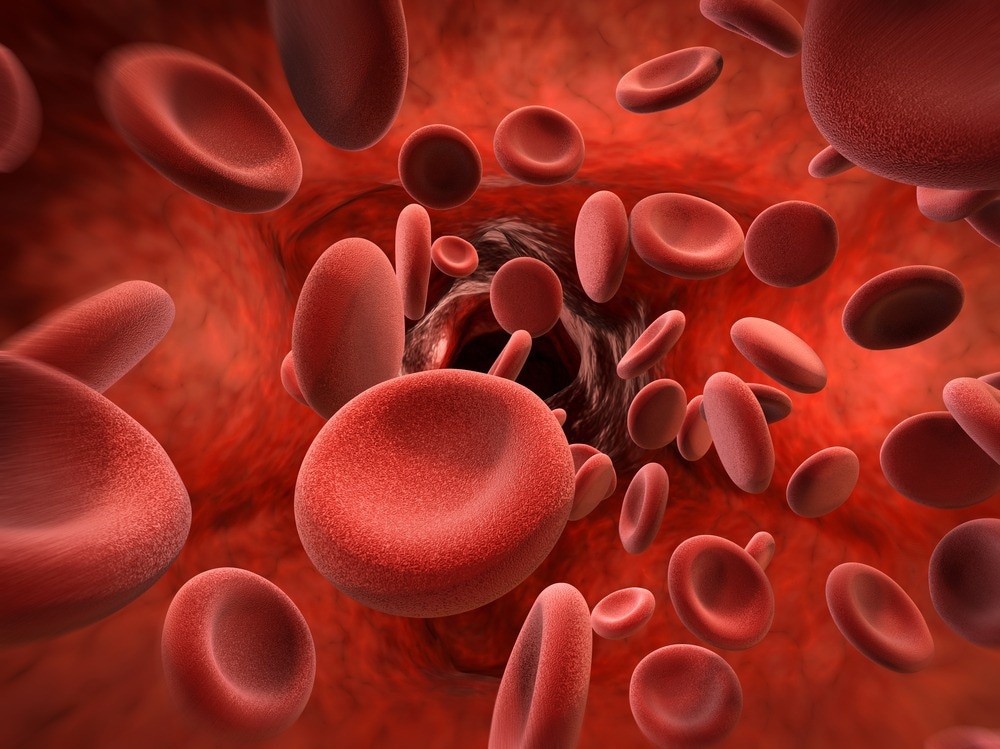In a brief report recently published in Blood, researchers evaluated the association between blood group A and severe acute respiratory syndrome coronavirus 2 (SARS-CoV-2) infections.
 Study: Blood Group A Enhances SARS-CoV-2 Infection. Image Credit: Phonlamai Photo/Shutterstock.com
Study: Blood Group A Enhances SARS-CoV-2 Infection. Image Credit: Phonlamai Photo/Shutterstock.com
Background
SARS-CoV-2 infects millions worldwide, with ABO blood group antigens being the foremost polymorphism identified. Individuals with the A blood group are more likely to be SARS-CoV-2-infected than those with the O blood group. The mechanism behind the risk remains unclear, but the receptor-binding domain (RBD) in the SARS-CoV-2 surface spike (S) glycoprotein recognizes the host angiotensin-converting enzyme 2 (ACE2), facilitating viral entrance into host cells and subsequent infection.
Galectins have been shown to bind to ABO antigens, implying that the SARS-CoV-2 RBD may have comparable binding qualities to galectins. SARS-CoV-2 RBD and galectin sequencing indicated that certain galectins have ≤11.0% identical sequences with the ancestral SARS-CoV-2 Wuhan-Hu-1 (WT) strain. Numerous mutations can be found in regions of the RBD predicted to recognize glycans, raising the possibility that the changes may alter glycan recognition.
About the report
In the present report, researchers describe increased coronavirus disease 2019 (COVID-19) susceptibility among individuals with the A blood group.
WT RBD recognizes ABO antigens differently; nevertheless, a glycan-based microarray loaded with multiple types of ABO antigens was investigated for direct comparison of the RBD's glycan binding selectivity with human-origin galectins. SARS-CoV-2 RBDs and galectins were cloned, purified, and subjected to glycan microarray or flow cytometry analysis.
Binding to ABO antigens on the outermost layer of epithelial cells of the respiratory tract (type 1) or erythrocytes (type 2) was compared directly. To investigate the role of the A blood group in COVID-19, the researchers modified Chinese hamster ovary (CHO) cells to produce blood group H or A antigens (present on pulmonary epithelial cells in blood groups O and A, respectively) and ACE2. The researchers investigated infection with SARS-CoV-2 in the A- and O-blood group cells to investigate whether enhanced SARS-CoV-2 receptor-binding domain binding interactions affect cellular susceptibility to COVID-19.
In addition, they examined Gal-4C, which failed to engage blood group antigens, as a control. To directly test whether key residues mutated in SARS-CoV-2 variants would be predicted to enhance A blood group binding, particularly in the SARS-CoV-2 Omicron variant of concern (VOC), the researchers compared the glycan binding of the SARS-CoV-2 Delta and Omicron VOCs to ABO antigens.
Results
The RBDs of SARS-CoV-2, including Delta and Omicron VOCs, exhibited A blood group specificity, indicating a direct association between ABO blood group expression and COVID-19. The RBD showed glycan binding specificity that overlapped with distinct members of the galectin family, with the C-terminal domain (CTD) of galectin-4 (Gal-4C) demonstrating the highest level of glycan binding similarity. SARS-CoV-2 RBD and Gal-4C prefer type 1 A blood group structures on respiratory epithelial cells.
Enhanced SARS-CoV-2 RBD binding interactions were also noted among A blood group-expressing CHO cells, which had a significantly higher likelihood of being SARS-CoV-2-infected than the O blood group cells. Gal-4C particularly prevented SARS-CoV-2 from infecting the A blood group-expressing CHO cells, whereas Gal-1 did not show such effects specific to the O- or A- blood group cells.
Further examination of every RBD variation revealed major modifications in glycan attachment interactions that seemed to be specific to each SARS-CoV-2 VOC. Despite modest changes in glycan attachment specificity across VOCs and various other cold CoV strain receptor-binding domains, the glycan interaction specificity of the RBDs studied remained remarkably similar compared to galectins, indicative of persistent conservation in the glycan attachment specificity.
Compared to the WT1 strain and the Delta VOC, the Omicron VOC showed the greatest degree of A blood group affinity. Lewis antigens that may affect COVID-19 risk impacted the binding interactions of the Delta VOC and the Omicron VOC RBDs in distinct ways. Extensive glycan array research showed increased Delta as well as Omicron RBD affinity for the B blood groups of type 3 cells.
Based on the report, SARS-CoV-2 RBD shares sequence and ABO blood-binding similarities with human galectins, indicating that individuals with the A blood group are more susceptible to COVID-19. The increase in infection susceptibility may range between 25% and 50%, based on the SARS-CoV-2 variant investigated.
Polymorphisms, such as Lewis antigens, might also alter host susceptibility to the COVID-19-causing virus, and host ACE2 and galectin-4 levels may influence the impact of the ABO blood groups on the risk of COVID-19.